Nets for Building 3-D Shapes
To understand what the net of a 3-D solid is, let's do the following activity.
Activity: Take a waste cardboard box (eg.-shoe box, souvenir cardboard packages). The common shape for such boxes is usually a cuboid. Take a scissor/knife and cut along the edges (causing the box to lose its shape and become flat i.e. 2-D). This, very thing that is in front of us is the net of the box.
Therefore, it can be said that:
A net is a sort of skeleton-outline in 2-D which, when folded, results in a 3-D shape.
Drag and drop different shapes (from the side panel) and click on the "play" button to see the nets of the different figures.
For a hexagonal pyramid and a prism , we get the above shown nets upon cutting along all the edges to make the solid into 2-D.
Is the reverse process possible?
To get back the 3-D solid, we used to get the net, simply reassemble and glue back the edges together. As obvious from the above given examples, different shapes give us different nets.
Now, let's look at the two supposed nets for a cube. Of of the two, which is the correct net for making a cube?
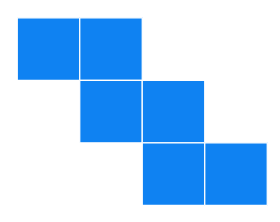
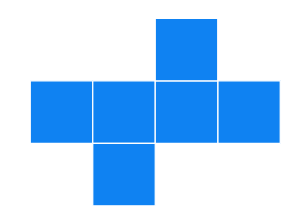
The correct net for a cube is
We can use the
What about say, a real-life case like the Great Pyramid in Giza (Egypt)? What will the net of such a pyramid be like? The net will consist of a
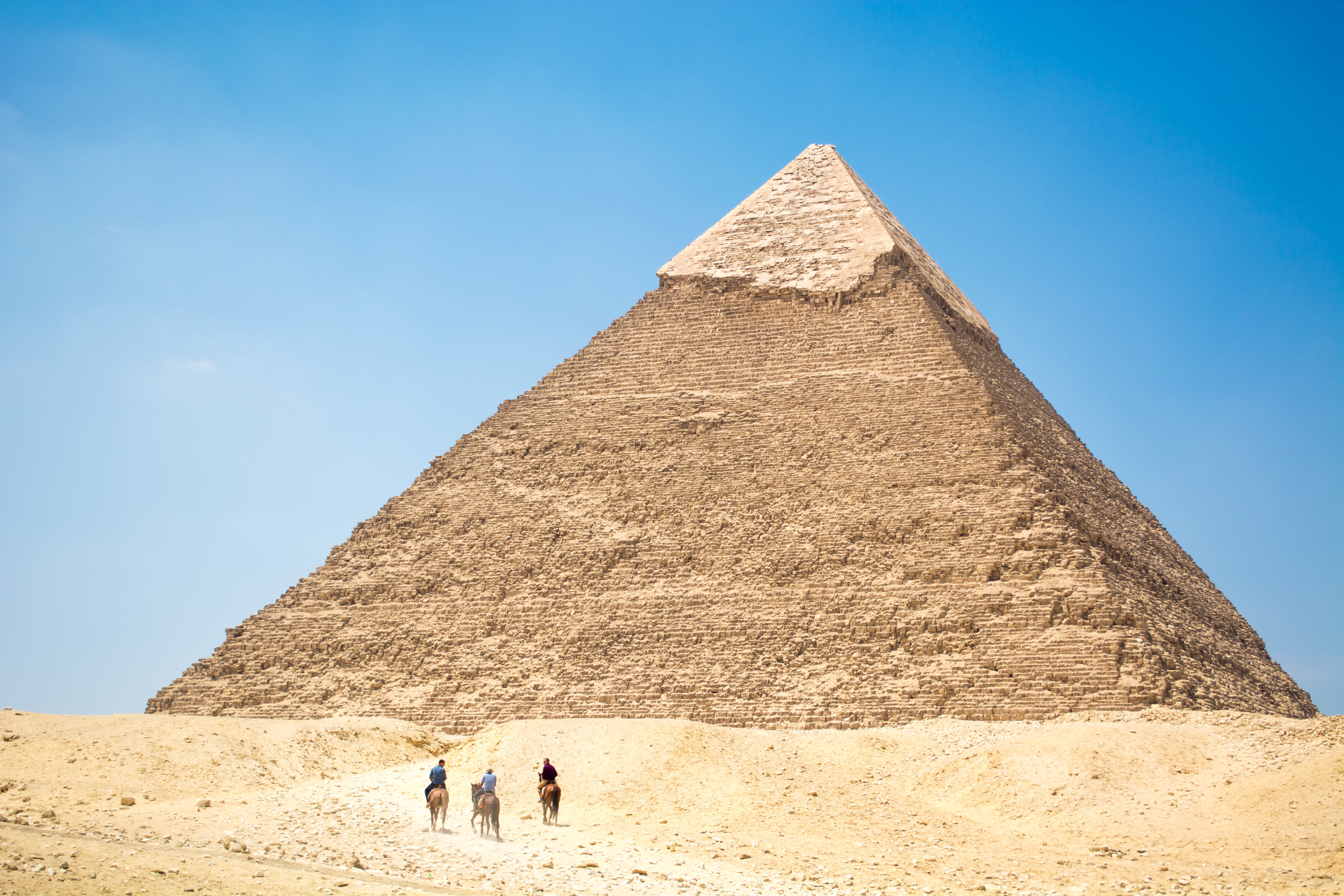
Similarly, we can get nets for cylinder and cone:
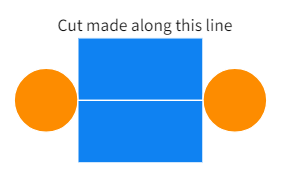
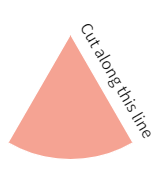

Let's Solve
- There are four possible options for net of a tetrahedron. Answer in Yes/No :
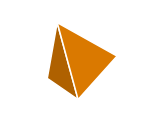
- Identify the nets which can be used to make cubes:
- You might be aware what a dice looks like. They are cubes with a different number of dots on each face. The numbers of dots range from 1-6. The arrangement of the dots is such that the opposite faces of the die always have a total sum of seven dots on them.

Below we have two nets that make a cube aka a dice. The numbers inserted in each square indicate the number of dots on that particular face. Now, insert the suitable numbers for the faces having variable alphabets (A,B,C,P,Q,R) on them keeping in mind, that the sum for the opposite numbers should add upto 7.
